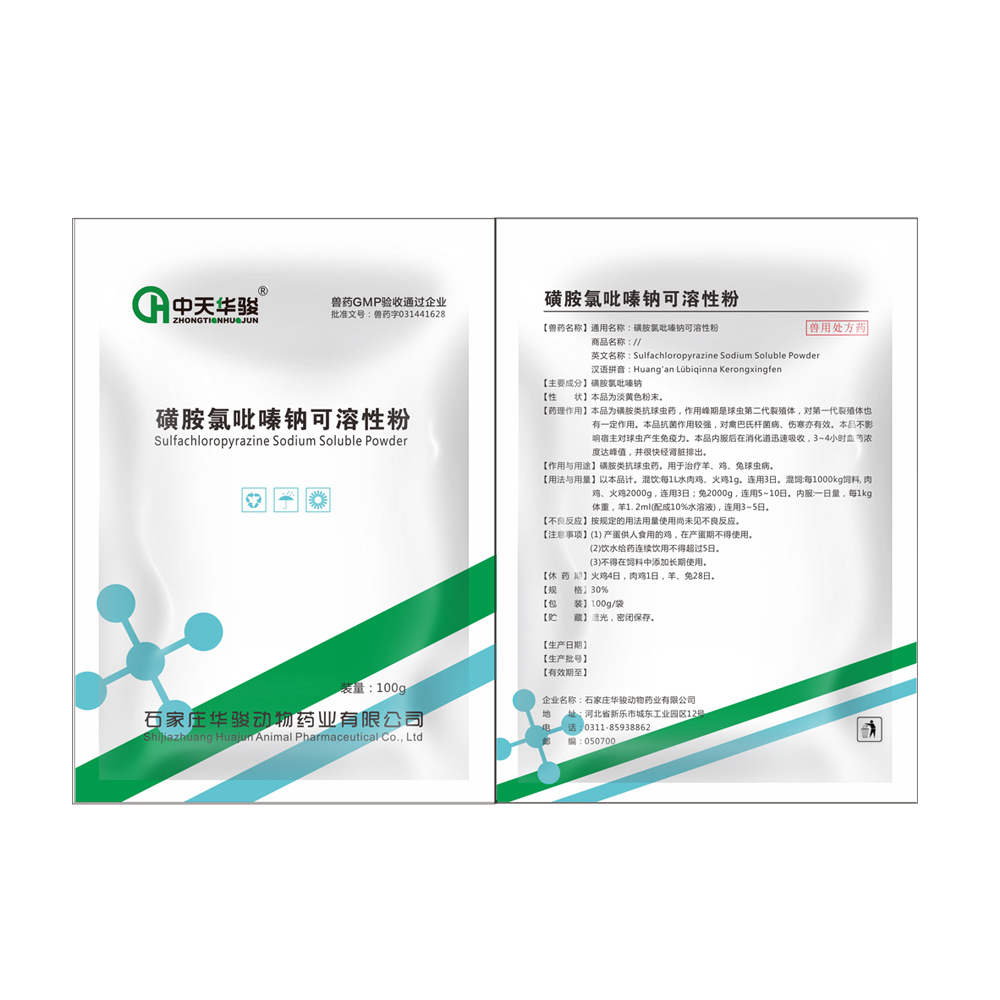
Dic . 20, 2024 06:49 Back to list
quinolones
Quinolones A Comprehensive Overview
Quinolones represent a class of synthetic antibiotics that have revolutionized the treatment of bacterial infections since their inception in the 1960s. Originally developed from nalidixic acid, these antibiotics have undergone significant modifications to create a broader spectrum of activity against a variety of pathogens. This article explores the structure, mechanism of action, therapeutic uses, side effects, and the growing concern of antibiotic resistance associated with quinolones.
Structure and Classification
Quinolones are characterized by a bicyclic structure, consisting of a quinoline moiety fused to a carboxylic acid group. Their chemical structure allows for the modification of various substituents, giving rise to second (e.g., ciprofloxacin, norfloxacin), third (e.g., levofloxacin), and fourth (e.g., moxifloxacin) generation quinolones. Each generation displays varying levels of efficacy against different bacterial strains, particularly Gram-negative and Gram-positive bacteria.
Mechanism of Action
The primary mechanism of action of quinolones involves the inhibition of bacterial DNA gyrase and topoisomerase IV—two essential enzymes required for bacterial DNA replication and transcription. By interfering with these enzymes, quinolones induce the formation of double-stranded breaks in bacterial DNA, ultimately leading to cell death. This mechanism not only makes quinolones effective against actively replicating bacteria but also contributes to their broad spectrum of antimicrobial activity.
Therapeutic Uses
Quinolones are often prescribed for a range of infections due to their efficacy. They are particularly effective in treating urinary tract infections, respiratory infections, gastrointestinal infections, and skin infections. For instance, ciprofloxacin is commonly used for uncomplicated urinary tract infections caused by E. coli, while levofloxacin is effective against pneumonia and other respiratory tract infections.
Moreover, the convenience of oral administration, excellent bioavailability, and penetration into tissues make quinolones a preferred choice in outpatient settings
. Additionally, certain quinolones receive special consideration for treating anthrax and plague due to their effectiveness against Bacillus anthracis and Yersinia pestis.quinolones

Side Effects and Concerns
Despite their efficacy, quinolones are associated with a range of side effects, some of which can be severe. Common side effects include gastrointestinal symptoms such as nausea, vomiting, and diarrhea. More serious adverse reactions involve tendon damage, leading to tendon rupture, particularly in older adults and those on concurrent corticosteroid therapy.
Quinolones have also raised concerns regarding their impact on the central nervous system, causing symptoms such as dizziness, headaches, and, in rare cases, seizures. The potential for QT interval prolongation—a measure of delayed heart repolarization—has led to warnings regarding their use, especially in individuals with existing cardiac conditions.
Antibiotic Resistance
One of the most pressing issues related to quinolone use is the emergence of antibiotic resistance. Bacterial resistance to quinolones can occur through various mechanisms, such as mutations in the target enzymes (DNA gyrase and topoisomerase IV), active efflux pumps, and reduced permeability of the bacterial cell wall. The overuse and misuse of quinolones in both human medicine and agriculture have significantly contributed to the development of resistant strains, limiting the effectiveness of these antibiotics.
As a response to rising resistance rates, guidelines recommend reserving quinolones for cases where no suitable alternatives exist. Inappropriate prescribing and the demand for broad-spectrum antibiotics necessitate a careful consideration of the benefits and risks associated with quinolone therapy.
Conclusion
Quinolones play a critical role in contemporary medicine due to their broad-spectrum activity and effectiveness against various bacterial infections. However, their use is tempered by notable side effects and the looming threat of antibiotic resistance. As healthcare providers and patients navigate the landscape of antibiotic therapy, a balanced approach that emphasizes judicious use will be crucial in preserving the efficacy of quinolones for future generations. Ongoing research and surveillance will remain essential in addressing the challenges posed by resistance and enhancing our understanding of these powerful antimicrobial agents.
-
Top Hemoglobinuria Manufacturer & Supplier Reliable Hemoglobinuria Factory Solutions
NewsJun.24,2025
-
Premium Honeysuckle Products - Leading Honeysuckle Manufacturer & Supplier Factory
NewsJun.10,2025
-
Pulmonary Edema Solutions from Leading Manufacturer & Supplier Reliable Factory Price
NewsJun.10,2025
-
Red Eyes - Leading Red Eyes Manufacturer & Supplier, Premium Quality Factory Price
NewsJun.10,2025
-
Broiler Ascites Syndrome Solutions Top Manufacturers
NewsJun.10,2025
-
Premium Amoxicillin Suppliers Reliable Biomox Mexican Factories
NewsJun.10,2025




